Related Research Articles
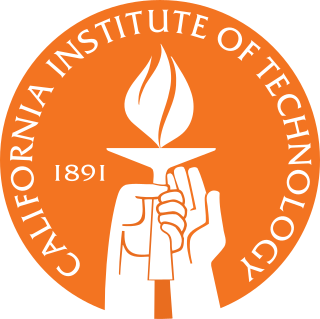
The California Institute of Technology (branded as Caltech) is a private research university in Pasadena, California. The university is responsible for many modern scientific advancements and is among a small group of institutes of technology in the United States which are strongly devoted to the instruction of pure and applied sciences. Due to its history of technological innovation, Caltech has been considered to be one of the world's most prestigious universities.

Peter Williston Shor is an American professor of applied mathematics at MIT. He is known for his work on quantum computation, in particular for devising Shor's algorithm, a quantum algorithm for factoring exponentially faster than the best currently-known algorithm running on a classical computer.

Henry Frederick "Fritz" Schaefer III is a computational and theoretical chemist. He is one of the most highly cited chemists in the world, with a Thomson Reuters H-Index of 121 as of 2020. He is the Graham Perdue Professor of Chemistry and Director of the Center for Computational Chemistry at the University of Georgia. Before becoming professor at Georgia he was professor at University of California, Berkeley and in 2004, he became Professor of Chemistry Emeritus, at UC Berkeley

Martin Karplus is an Austrian and American theoretical chemist. He is the Director of the Biophysical Chemistry Laboratory, a joint laboratory between the French National Center for Scientific Research and the University of Strasbourg, France. He is also the Theodore William Richards Professor of Chemistry, emeritus at Harvard University. Karplus received the 2013 Nobel Prize in Chemistry, together with Michael Levitt and Arieh Warshel, for "the development of multiscale models for complex chemical systems".

John Dombrowski Roberts was an American chemist. He made contributions to the integration of physical chemistry, spectroscopy, and organic chemistry for the understanding of chemical reaction rates. Another characteristic of Roberts' work was the early use of NMR, focusing on the concept of spin coupling.
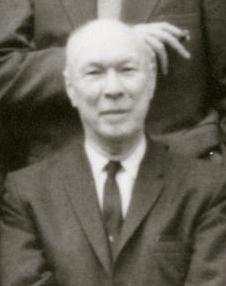
William Vermillion Houston was an American physicist who made contributions to spectroscopy, quantum mechanics, and solid-state physics as well as being a teacher and administrator. He became the second president of Rice University in 1946.
George Chappell Schatz, the Morrison Professor of Chemistry at Northwestern University, is a theoretical chemist best known for his seminal contributions to the fields of reaction dynamics and nanotechnology.

William Hughes Miller is an American professor at the University of California, Berkeley and a leading researcher in the field of theoretical chemistry.
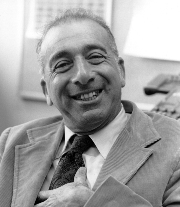
Berni Julian Alder was a German-born American physicist specialized in statistical mechanics, and a pioneer of computational modelling of matter.
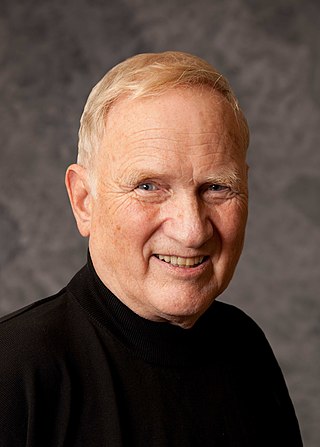
John Francis Clauser is an American theoretical and experimental physicist known for contributions to the foundations of quantum mechanics, in particular the Clauser–Horne–Shimony–Holt inequality. Clauser was awarded the 2022 Nobel Prize in Physics, jointly with Alain Aspect and Anton Zeilinger "for experiments with entangled photons, establishing the violation of Bell inequalities and pioneering quantum information science".

Donald Gene Truhlar is an American scientist working in theoretical and computational chemistry and chemical physics with special emphases on quantum mechanics and chemical dynamics.
Nancy Makri is the Edward William and Jane Marr Gutgsell Endowed Professor of Chemistry and Physics at the University of Illinois Urbana–Champaign, where she is the principal investigator of the Makri Research Group for the theoretical understanding of condensed phase quantum dynamics. She studies theoretical quantum dynamics of polyatomic systems, and has developed methods for long-time numerical path integral simulations of quantum dissipative systems.

Emily Ann Carter is the Gerhard R. Andlinger Professor in Energy and the Environment and a professor of mechanical and aerospace engineering, the Andlinger Center for Energy and the Environment, and the Program in Applied and Computational Mathematics at Princeton University. She has been on the faculty at Princeton since 2004, including as serving as Princeton's Dean of the School of Engineering and Applied Science from 2016 to 2019. She moved to UCLA to serve as executive vice chancellor and provost and a distinguished professor of chemical and biomolecular engineering, before returning to Princeton in December 2021. Carter is a theorist and computational scientist whose work combines quantum mechanics, solid-state physics, and applied mathematics.
Andres Jaramillo-Botero is a Colombian-American scientist and professor, working in computational chemical physics, known for his contributions to first-principles based modeling, design and characterization of nanoscale materials and devices.
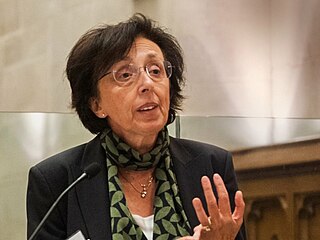
Giulia Galli is a condensed-matter physicist. She is the Liew Family Professor of Electronic Structure and Simulations in the Pritzker School of Molecular Engineering and the department of chemistry at the University of Chicago and senior scientist at Argonne National Laboratory. She is also the director of the Midwest Integrated Center for Computational Materials. She is recognized for her contributions to the fields of computational condensed-matter, materials science, and nanoscience, most notably first principles simulations of materials and liquids, in particular materials for energy, properties of water, and excited state phenomena.

Prineha Narang is an American physicist and computational material scientist. She is a Professor of Physical Sciences and Howard Reiss Chair at the University of California, Los Angeles (UCLA). Narang currently serves as a U.S. Science Envoy approved by the Secretary of State to identify opportunities for science and technology cooperation. Before moving to UCLA, she was first an Environmental Fellow at Harvard University Center for the Environment and then an Assistant Professor in the John A. Paulson School of Engineering and Applied Sciences at Harvard University. Narang’s work has been recognized internationally by many awards and a variety of special designations, including the Mildred Dresselhaus Prize, the 2021 IUPAP Young Scientist Prize in Computational Physics, a Friedrich Wilhelm Bessel Research Award from the Alexander von Humboldt Foundation, and a Max Planck Sabbatical Award from the Max Planck Society. Narang also received a National Science Foundation CAREER Award in 2020, was named a Moore Inventor Fellow by the Gordon and Betty Moore Foundation for the development for a fundamentally new strategy for single molecule sensing and environmental toxin metrology using picoscale quantum sensors, CIFAR Azrieli Global Scholar by the Canadian Institute for Advanced Research, and a Top Innovator by MIT Tech Review. Narang was awarded a Guggenheim Fellowship in 2023.
Jose Luis Mendoza-Cortes is a theoretical condensed matter physicist and material scientist specializing in computational physics, materials science, chemistry, and engineering. His studies include methods for solving Schrödinger's or Dirac's equation, machine learning equations, among others. These methods include the development of computational algorithms and their mathematical properties.
References
- 1 2 Goddard III, William A. (2000). "Critical Points and Random Events That Shaped the Early Career of William A. Goddard III". The Journal of Physical Chemistry A. 104 (11): 2147–2150. Bibcode:2000JPCA..104.2147.. doi:10.1021/jp000181r.
- 1 2 3 "William A. Goddard III". International Academy of Quantum Molecular Science. Retrieved July 17, 2014.
- ↑ "William A Goddard". Google Scholar. 2017.
- ↑ "Prof. William A. Goddard III". Caltech Materials and Process Simulation Center. Retrieved July 17, 2014.
- ↑ "William A. Goddard". Caltech. 2017.
- ↑ "William A. Goddard III". Schrodinger.com. 2017.
- ↑ "List of William A. Goddard published papers". Caltech. 2017.